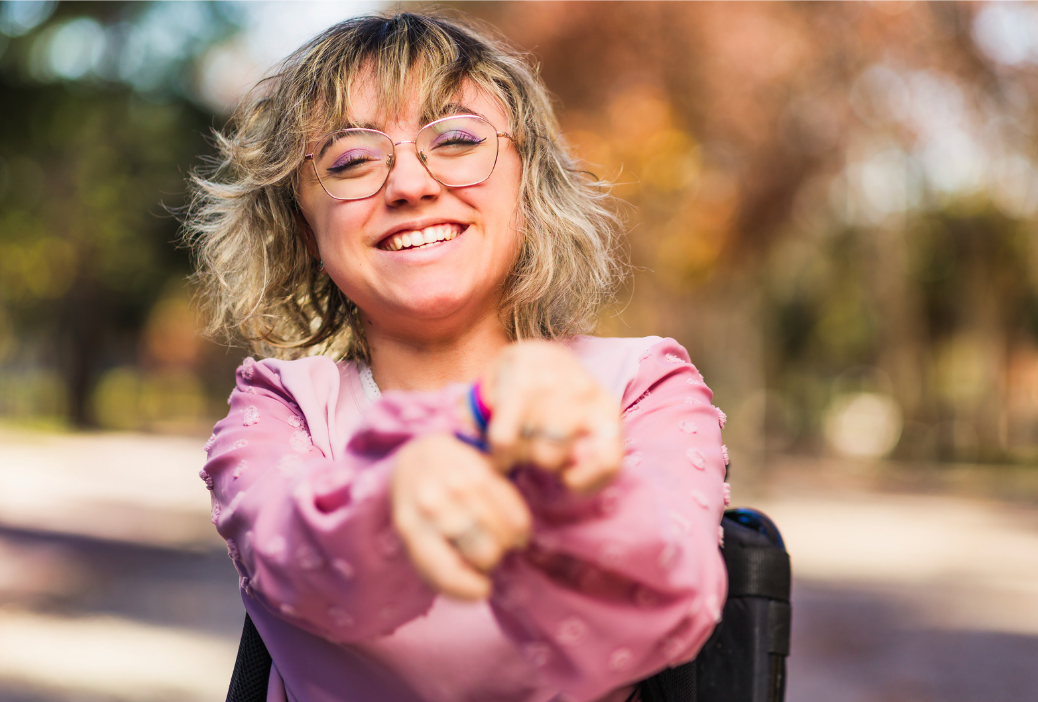
Dystonia
What is dystonia and why might it change over time?
Dystonia is when your muscles tighten up, causing your body to move or stay in awkward positions without your control. The tightening, also called contractions, can last for a short time (intermittent) or a long time (sustained) and may become more obvious as you get older.
Dystonia can change very quickly—within an hour, a day, or a week—based on what you are doing or how you are feeling. It can affect different areas of your body. Sometimes it is widespread, impacting multiple parts of your body (generalised dystonia), or it can be limited to one part, like a single limb (focal dystonia).
Certain things you do, like specific movements, can make dystonia worse. Dystonia can also get more intense because of your emotions, tiredness, or even what is happening around you.
Factors that can increase dystonia include:
Environmental factors:
e.g., Things around you, like noise or temperature.
Physical factors:
Your activity level and any physical stress on your body.
Psychological factors:
Feelings such as tiredness, stress, excitement, or after consuming caffeine or alcohol.
Dystonia can be a problem if it causes one or more of the following:
Makes movement difficult or affects your comfort when sitting or lying down.
Disrupts your sleep
Causes pain*
Leads to malnutrition because of high energy expenditure
Makes personal hygiene or toileting challenging
Reduces your overall quality of life
*If pain is a challenge for you, check out some suggested strategies in the Pain section.
What can I do about my dystonia?
To manage dystonia well, it’s important to get an assessment from a team of therapists who understand how to work with adults who have CP (See Healthcare Teams). This team can look at your situation and create a plan that works for you.
Your plan might include:
A personalised exercise program
This will be designed to meet your needs and abilities.
A review of your adaptive equipment.
Adaptive equipment is anything that helps you with everyday activities, like a wheelchair, walking aid, or special seating. The team will check if your equipment still suits you or if it needs any changes.
Finding what makes your dystonia worse
This means identifying any triggers, like stress or physical activity, and working on ways to manage them.
If dystonia is causing you pain or significantly disrupting your life—like making it hard to sit comfortably in your wheelchair or affecting your sleep—talk to your doctor.
They might suggest:
Oral medications to help manage your symptoms.
Botulinum neurotoxin Type A (Botox), which can help reduce muscle contractions.
In more severe cases, an intrathecal baclofen (ITB) pump, which is implanted by a specialist to deliver medication directly to the spinal fluid.
By working with healthcare professionals and understanding your condition, you can find ways to manage dystonia and improve your quality of life.